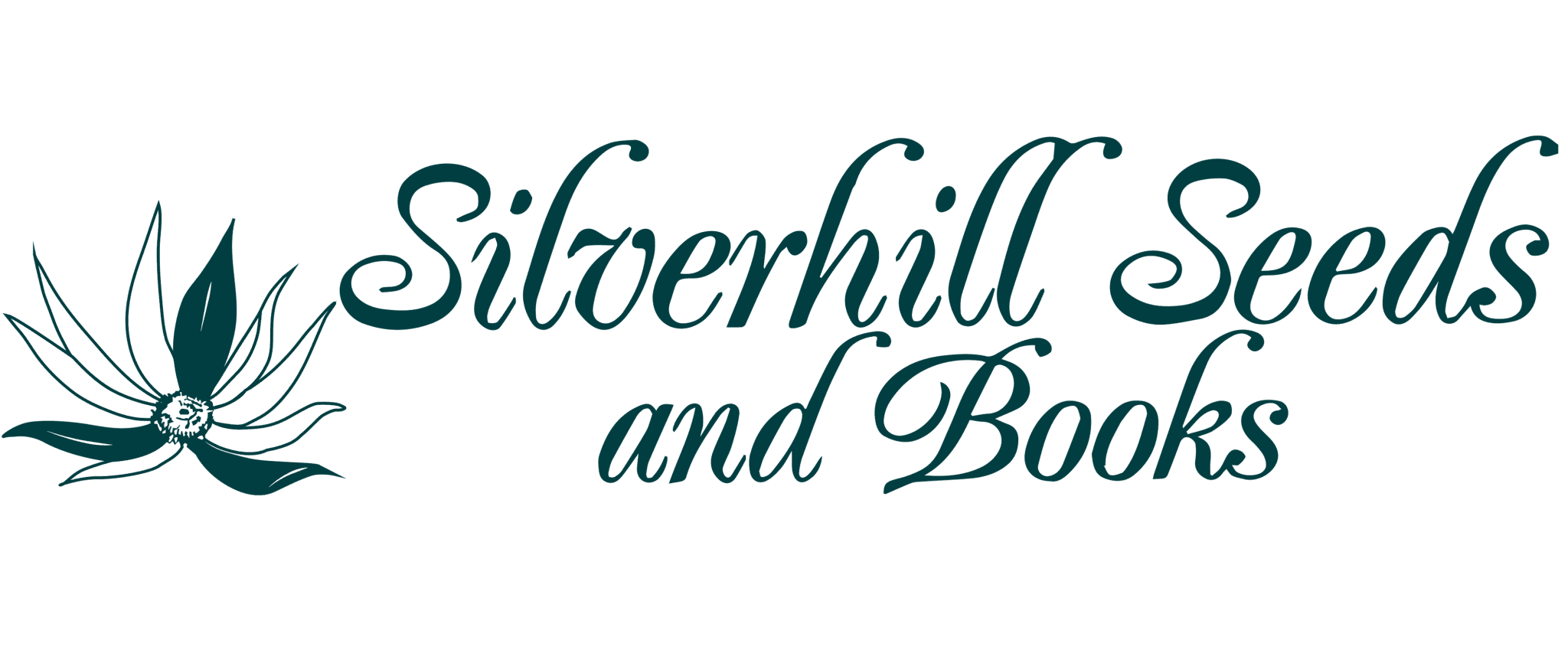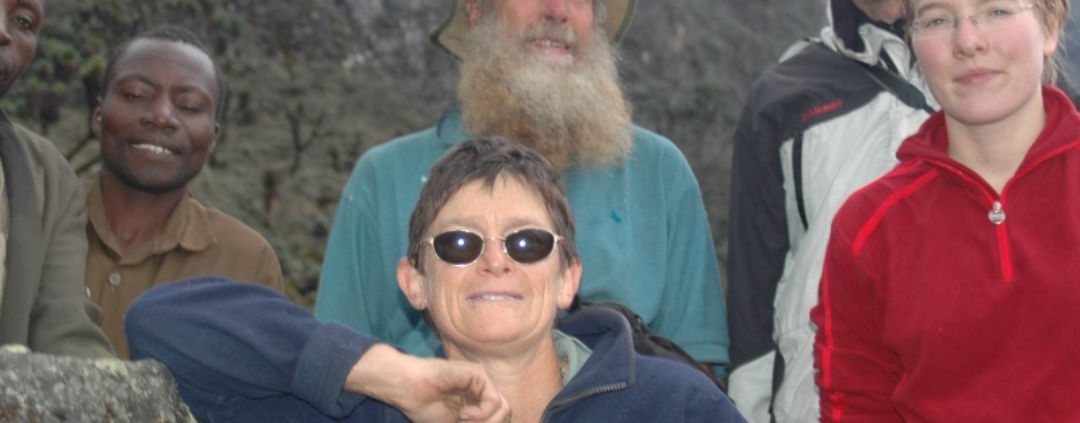From the Archives: Newsletter July 2006
July 2006
Dear Customer
Thank heavens for small mercies – at present it is pouring with rain and it is cold and wet. Although we have had regular rain this winter, up until yesterday we have only had about ¼ of our annual rainfall, with almost half of the winter behind us. Hopefully this current fall will improve the figures. Our dams in the SW Cape are all about half full, so we are not as desperate as we were last year.
In the last newsletter we were about to leave for Uganda and the Ruwenzori Mountains, albeit with some trepidation as the Ruwenzoris have a reputation of being very rugged and hard mountains. After flying from Johannesburg to Entebbe via Rwanda, we hired a car, met up with our two botanical companions, and drove to Kasese at the foot of the mountains. The next morning, after a short drive, we presented ourselves at the Ruwenzori Mountain Services office at Ibanda, and were supplied with 3 guides and 15 porters. That afternoon, after repacking our rucksacks to the porter’s requirements, we set off on our 9 day circuit of the mountains. We saw a complete range of vegetation from equatorial jungle at the lower levels to Dendrosenecio forests and giant Lobelias in the afro-alpine zone. The first 2 days were reasonably warm although partly cloudy, but once we were above 3000 m above sea level, we had snow or rain or both every day. We kept having to remind ourselves that this was supposed to be the “dry” season – what the wet season must be like we cannot imagine! The walking and the scenery were both magnificent, and as we only walked between 7 and 10km each day, we had plenty of time to botanise. Our highest night was at an altitude of 4500m, and the vegetation at that level consisted of only mosses. Our guides were extremely knowledgeable on birds, animals and plants, and at the end of the trip we all agreed that it was probably the most enjoyable walk that we had ever done. Whilst in Uganda we also took the opportunity to go chimpanzee tracking in Kibale Forest where we were treated to some really close encounters with several groups of animals habituated to man. We camped in the Forest for 3 nights, and had an interesting time trying to identify trees that were tens of meters high. Driving in Uganda is not for the faint hearted, and at the end of 3 weeks we were very relieved to get ourselves and our car back to Kampala in one piece! Our last day was spent in the Entebbe Botanic Garden on the shores of Lake Victoria, with hundreds of Fish Eagles calling overhead. A wonderful way to end a superb trip.
The interior of South Africa had a particularly wet summer and good to excellent rains fell over most of the country, including the dry western and southern parts of Namibia. We visited Namibia to see it lush and green instead of its usual arid self. It was amazing to see meter high grass in areas that are normally totally devoid of vegetation. You will see from the catalogue that we collected many Sesamum species and three species of Rogeria – we also obtained photographs of them which we will put onto the website so you will be able to see how attractive they are. Despite the good rain it has been a disappointing seed year with nearly all the woody plants putting their energies into growth and reserves rather than into reproduction. Our route home from Namibia took us through eastern Botswana, an area of savannah woodland which is largely uninhabited. We drove along some deserted rather remote side roads, but eventually had to give up and return to the main road because of all the elephants! It appears as though all the elephants from Zimbabwe have relocated into Botswana, and we encountered every one of them – we saw hundreds! The final straw was when we landed up with all four of our car tyres stuck in elephant footprints in the mud, and we had to engage 4 wheel drive to get out only to fall into the next ones! That night we camped under a large tree in the area, and a couple of elephants dropped in for dinner and were feeding on Mopane trees a few meters away from our tent. At the time we were a bit nervous, but thinking back, we really are privileged!
On our way to and from Namibia, we visited all of our usual Amaryllid localitites, but were very disappointed as there were hardly any flowers at all. Some species such as Hessea breviflora and Strumaria truncata and salteri flowered well, but there were no mass displays of Brunsvigias or Haemanthus of any sort. The more we see of these plants, the more we realise how little we know about them – what makes them flower, for example? It is obviously far more than a case of wet or dry.
Andy, our partner at Frontier Laboratories, has expanded once again and has added another 4000m2 of greenhouse to the lab. We intend using it for growing on some of the bulbs that we produce, eg Zantedeschias, Scadoxus, Veltheimias, Ornithogalums, Agapanthus etc. The lab is very busy and we are vaguely thinking of expanding it. The property is looking very nice this season, with most of the “alien” vegetation (Australian Acacia species) now removed. Each year more and more annuals and bulbs flower in the undeveloped portion of the property, and we realise how many species managed to survive the 30 or more years under invasive tree species.
Rod has found that seed cleaning has an element of risk attached to it. He has developed a most impressive and persistent allergy to Podocarpus falcatus seeds! His face swelled to the point where he could barely open his eyes, and he was covered in a scarlet blotchy rash all over his body. A trip to the doctor and 4 injections later he seems to be on the mend, but at present is extremely irritable, itchy and best left alone! He has cleaned these seeds for about 12 years with no problems at all, so what happened this year we don’t know. His message is – treat Podocarpus with respect!
At present we are preparing for the IBSA (Indigenous Bulb Society of SA) Symposium, to be held at the end of August. Rod is the Chairman of the Society and Rachel is the treasurer, so we both have lots of work to do. The bulb displays for the field trips should be excellent this year due to the rain, so hopefully all our delegates will have an interesting time. Maybe we will see some of you at the Symposium.
TO ALL OUR CUSTOMERS FROM THE USA
As many of you know, we are having increasing problems with the USDA, and they are taking up to 3 weeks to inspect our parcels. The US Government has brought out a new system for people importing small quantities of seeds. You need to apply for a permit for “Small Lots of Seed”, and you can then import seeds with no phytosanitary certificate. Not only will this make your seed orders cheaper, but it should make the whole system much quicker. To get a permit, a resident of the USA sends in a permit application form. Information is at:
http://www.aphis.usda.gov/ppq/Q37/smalllotsseed.html . Alternatively, go to:
http://www.aphis.usda.gov/ppq/permits/plantproducts/nursery.html and click on the Small Lots of Seeds Program. From there, you can click on “PPQ Form 587” (a form that is used for many kinds of plant permits) to download, print, and fill it out. Page 2 of the form has special instructions for the small lots of seed permit. There are only two lines that require special wording; the rest is your personal information. Then the completed and signed application needs to be faxed or mailed to
the number or address at the end of the instructions (page 3).
Best wishes to you all
Rod and Rachel Saunders



